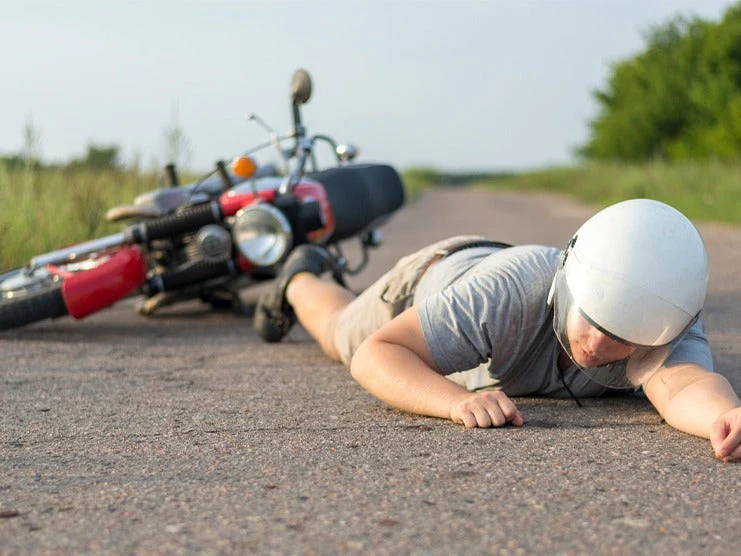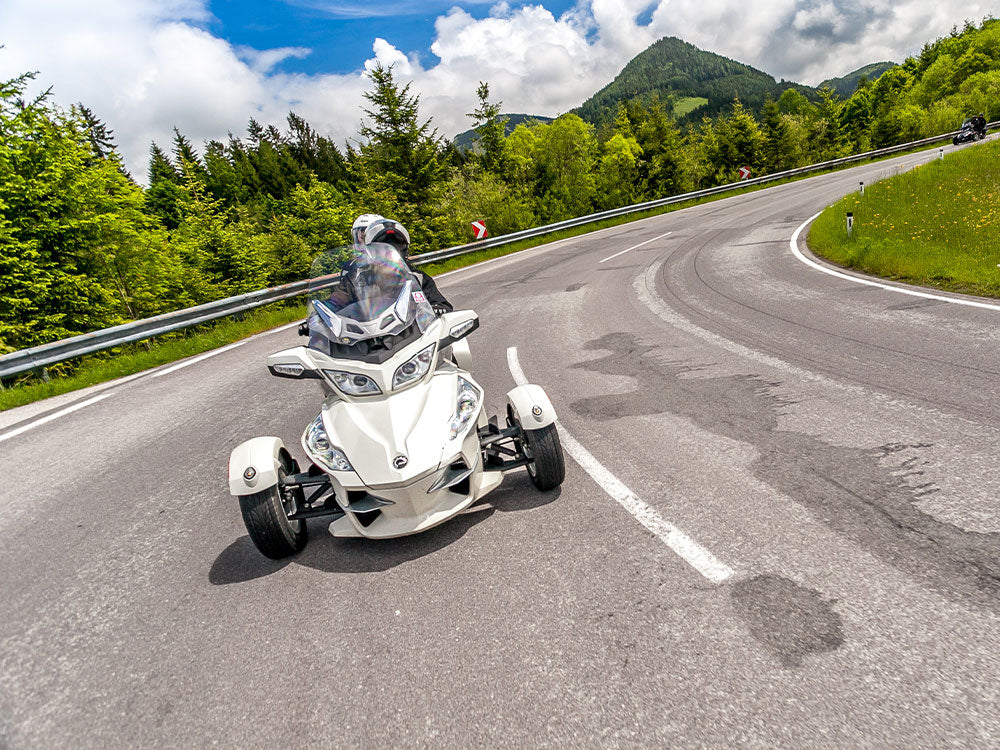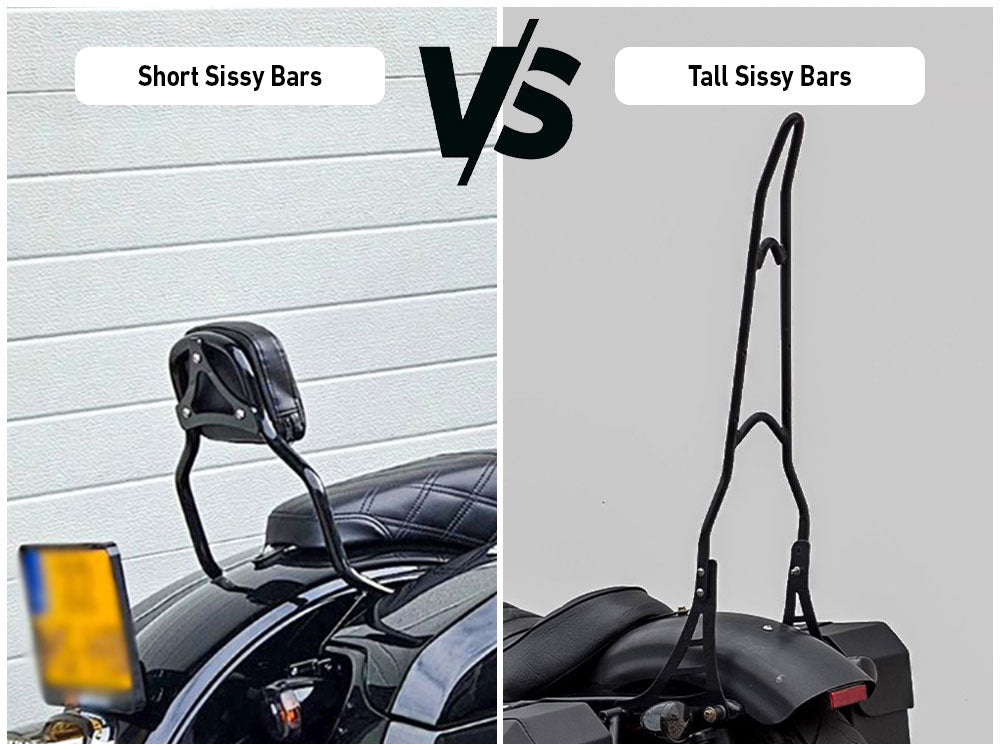Table of Content
“Road traffic injuries are the 9th leading cause of death globally, claiming deaths of more than one million people each year on the roads.” - World Health Organization (WHO).
Motorcycle crashes are a rider’s worst nightmare due to being almost always life-threatening. Motorcycles are not as safe as cars due to not being fully covered and not including airbags or other safety features included on most modern cars. However, despite being less safe than cars, most modern motorbikes are almost as expensive. Some of the latest motorcycles have expensive prices due to including several modern and ride-assist features.
Firstly, all motorcycle riders should know how to behave safely on the road. Wear appropriate riding gear and never ride without a helmet. Also, check your motorcycle for any issues before going for a ride. Make sure that the headlight, turn signals, and tail light is working. All of these steps are part of the pre-ride safety checklist. But what if you witness an accident happen right in front of you? What should you do to help an injured rider? This article will help answer a common question: when is it safe to move an injured rider after a motorcycle accident?
Also Read: 10 TIPS ON HOW TO SURVIVE A MOTORCYCLE CRASH
1. Carefully Observe
If you see a motorcycle crash happen in front of you, carefully scan the site of the accident to best determine how you can safely help without putting yourself and the injured rider’s life at risk.
2. When Should You Not Move an Injured Rider?

Do not move the injured rider if doing so will worsen his/her condition or if you cannot move the injured rider safely. If you see any potential threats that could cause harm to you, the injured rider, and the public area, do not go near the site of the accident.
3. Why Do Motorcycles Catch Fire After Accidents?
Motorcycles can catch fire after an accident due to fuel leaking from the fuel tank and being ignited by a random spark. The electrical sparks are usually produced by a failed battery.
4. When Is It Safe to Move an Injured Rider?

If you feel leaving the injured rider in his/her current spot could put his/her life in danger, immediately move the rider to a safer spot. You may have to risk the injured rider suffering minor wounds when moving him/her away from a burning motorcycle. However, if you think the situation is under control and have time, make sure to move the crashed rider carefully while supporting his/her head, neck, back, and any broken limbs to prevent permanent damage to the brain, spine, and body.
5. What Can Happen If You Move the Injured Rider in a Hurry?

Moving an injured rider in a hurry could possibly injure his/her spinal cord which could result in permanent damage. Head injuries are common in motorcycle crashes. The most sensitive part of the spine that can get injured in a motorcycle crash is the lower spine or the lumbosacral region. The injured rider may feel numb and be unable to feel pain immediately due to the rush of adrenaline.
If you try to move the injured rider without specialized assistance, it can cause severe damage to the spinal cord. The injured rider may find it hard to move his/her limbs and could suffer from lifelong paralysis.
6. What to Do After Moving the Injured Rider?
After safely moving the rider to a safe place, call an ambulance or a department that can provide medical assistance.
If the injured rider can speak, ask simple questions like “what is your name?”, “Where do you live?”, “can you hear me?”, or “are you alright?” Wait for emergency services to arrive while monitoring the injured rider’s condition.
7. Complete a Safety and Rescue Training Course
It is recommended you take a safety and rescue training course to learn the information necessary to respond correctly to accidents. Aside from ensuring your safety, you may be able to save others on the road.
8. Takeaway
Road accidents are one of the leading causes of death globally. Heavy traffic, negligence, lack of riding gear, and speeding are the main causes of road accidents. To avoid getting into accidents and ensure you ride sensibly, you should follow traffic laws, complete training classes, and stay aware while riding. However, if you witness an accident, it will help to have the basic knowledge and practice on how to help an injured rider.
If you see an injured rider lying near a crashed motorcycle that can catch fire at any time, make sure you move the rider immediately. However, make sure to move the injured rider safely while supporting his/her neck, head, spine, or injured limbs to avoid concussions or permanent brain damage.
Just as wearing appropriate riding gear can help protect you in a motorcycle crash, there are several aftermarket parts that can help improve your motorbike’s capabilities. The crash bars, sissy bars, and fairings are good for the motorcycle’s safety. The different luggage options, including saddlebags and sissy bar bags, can help you carry the first-aid kit and other useful stuff while you go on a motorcycle trip. Viking Bags also has comfortable handlebars to make your rides more comfortable.













Leave a comment
All comments are moderated before being published.
This site is protected by hCaptcha and the hCaptcha Privacy Policy and Terms of Service apply.